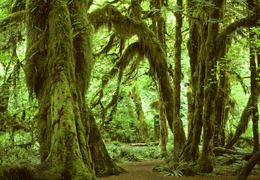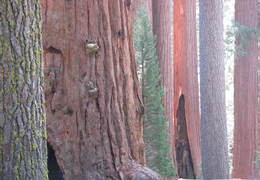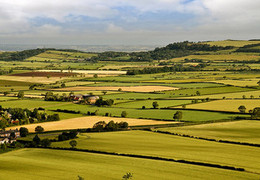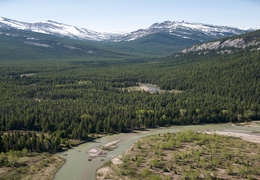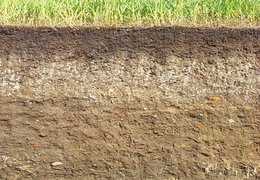Nitrous Oxide Flux
- /ecoregions/
Now Showing: 2006
Summary
Nitrous oxide (N2O) flux is the net rate of nitrous oxide emission from an ecosystem to the atmosphere. The Western United States was a N2O source with a flux of 1.7 TgCO2-eq/yr in the baseline period (2001-2005), and little change was projected from 2006 to 2050. Grasslands/shrublands, which cover about 59 percent of the Western United States, contribute the most nitrous oxide emissions (53 percent of the total). Agricultural lands, covering only 6 percent of the Western United States, emit 16 percent of the total nitrous oxide.
Suggested Citation
Zhu, Zhiliang, ed., Bergamaschi, Brian, Bernknopf, Richard, Clow, David, Dye, Dennis, Faulkner, Stephen, Forney, William, Gleason, Robert, Hawbaker, Todd, Liu, Jinxun, Liu, Shuguang, Prisley, Stephen, Reed, Bradley, Reeves, Matthew, Rollins, Matthew, Sleeter, Benjamin, Sohl, Terry, Stackpoole, Sarah, Stehman, Stephen, Striegl, Robert, Wein, Anne, and Zhu, Zhiliang, 2010, A method for assessing carbon stocks, carbon sequestration, and greenhouse-gas fluxes in ecosystems of the United States under present conditions and future scenarios: U.S. Geological Survey Scientific Investigations Report 2010–5233, 188 p. (Available from USGS).
Methods
Nitrous oxide emissions from terrestrial ecosystems to atmosphere in the western United States were estimated using the Paint-By-Number (PBN) model embedded in the USGS General Ensemble Biogeochemical Modeling System (GEMS). PBN only accounts for the impacts of land cover change defined by scenarios according to storylines A1B, A2, or B1 from the Intergovernmental Panel on Climate Change Special Report on Emissions Scenarios (IPCC–SRES). Specifically, the PBN model estimated nitrous oxide emissions from different LULC classes and ecoregions using emission factors that were compiled from an extensive review of the literature. Nitrous oxide fluxes were expressed in carbon dioxide equivalent (CO2-eq) using a factor of 310.
